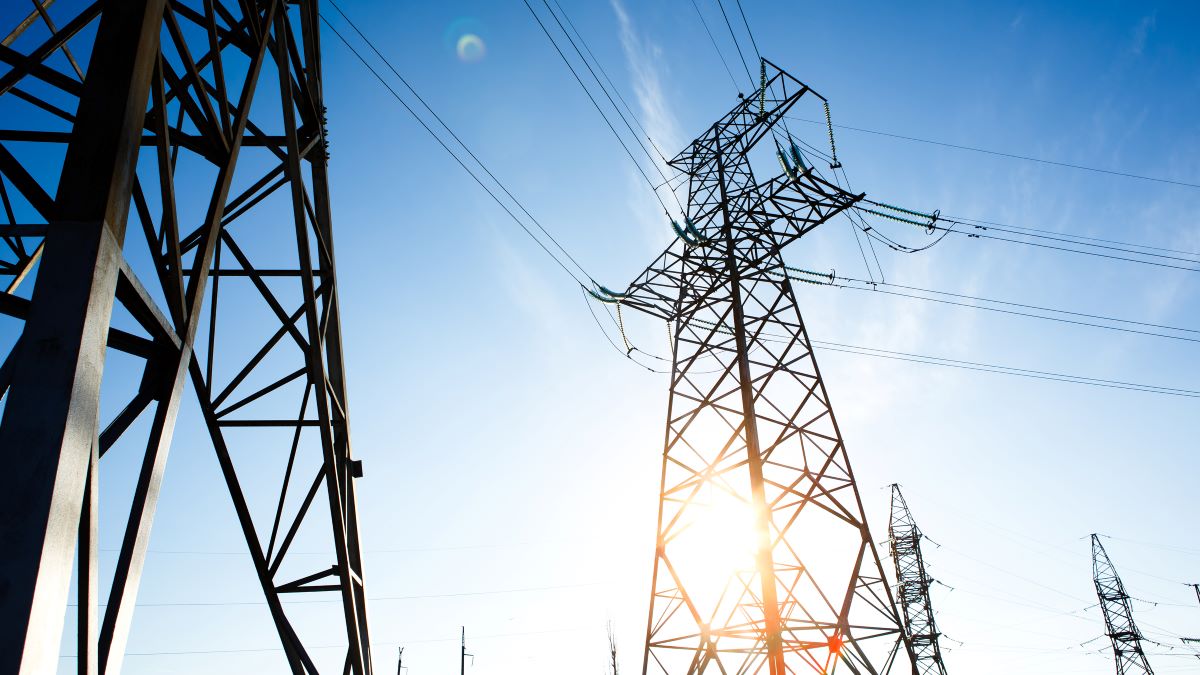Businesses suffer prolonged power cuts in South Africa
Rolling blackouts are taking a toll on the South African economy

South Africa may have lost as much as 1.3% every year since 2007 due to power cuts. In January, the South African Reserve Bank made a surprise announcement revising the country's GDP growth outlook for 2023 to a mere 0.3%. This is a significant decrease from the previous forecast of 1.1% in November 2022. The central bank attributed this revision to the large scale and prolonged nature of load shedding in the country. The World Bank estimates the continent’s most industrialised economy lost US$24bn in 2022 due to the electricity situation.
South Africa has had a power crisis for many years, but the situation has deteriorated since 2022, with scheduled power cuts of as long as 10 hours per day. The national power utility Eskom, which is responsible for 90% of South Africa’s electricity generation, is dealing with an aging fleet of coal-fired plants that are continuously breaking down due to lack of maintenance, years of underinvestment, management problems and systematic corruption.
Some 71% of businesses have been negatively affected by load shedding, according to a recent survey by the Department of Small Business Development, in conjunction with the Small Enterprise Finance Agency.
Many companies have opted for alternative power sources, including generators and solar panels, and have installed batteries to use during load shedding. For instance, Shoprite, the country's largest retailer, has invested in solar panels on the roofs of its supermarkets and warehouses, and it has around 1,500 generators. Gold Fields, a mining company, has constructed a 50MW solar PV plant at its South Deep mine. Investing in solar energy generation has led to overall electricity cost savings for some large companies, and it has also helped them reach their emissions targets. However, small businesses often lack the financial resources to invest in such technologies, leaving coffee shops unable to power their machines and small grocers with spoiled products due to a lack of refrigeration during load shedding.
Load shedding is also having an impact on South Africa's infrastructure and services. Much of the country's water infrastructure is already in disrepair and outdated, and power cuts have only made the situation worse. The pumping of water from reservoirs into households is heavily dependent on electricity, which has resulted in water shortages in some areas.
In June 2022, the South African government unveiled an action plan to end load shedding focused on interventions such as fixing Eskom's coal-fired power stations; enabling and accelerating private investment in generation capacity; accelerating procurement of new capacity from renewables, gas and battery storage; and allowing businesses and households to invest in rooftop solar. On the sidelines of the recent World Economic Forum in Davos, finance minister Enoch Godongwana said it is the government’s target to end power cuts within the next 12 to 18 months.
There are several renewable energy projects currently in progress, though they will take some time to become operational and won’t make up for the current electricity shortfall. The Redstone Concentrated Solar Project, with a capacity of 100 MW, is anticipated to be finished later this year in the Northern Cape. Norwegian renewable energy firm Scatec has commenced construction on the Kenhardt solar project, which will have a capacity of 540 MW, also in the Northern Cape. Additionally, Sereti Green plans to soon begin construction of the country's largest wind farm in Mpumalanga, which will eventually have a capacity of 900 MW.
In his State of the Nation address in February, President Cyril Ramaphosa declared a state of disaster to address the electricity situation. The state of disaster allows the government to fast-track plans to alleviate the crisis by bypassing some legislative steps. While some have praised the measure, critics have raised concerns that less oversight could open the door to corruption. The deteriorating power situation has become the defining mark of his Presidency.
References
‘Scatec is starting construction of solar and battery project in South Africa after reaching financial close’, Scatec, 19 July 2022
‘Gold Fields’ South Deep gold mine’s 50MW solar PV plant in South Africa exemplifies the beauty of solar’, CleanTechnica, 13 October 2022
‘South African businesses turn to diesel and solar panels as Eskom crisis deepens’, Financial Times, 18 January 2023
‘'No government should do this' - how load shedding is killing small businesses’, News24, 20 January 2023
‘How South Africa’s energy crisis became an economic crisis’, Foreign Policy, 25 January 2023
‘SA's largest wind farm planned for Mpumalanga’, News24, 02 February 2023
‘Mining groups lead the way in private sector energy generation’, Independent Online, 08 February 2023
‘State of disaster declared to prevent 'total blackout'’, News24, 09 February 2023
‘In South Africa, ‘load shedding’ takes a toll on small businesses’, Al Jazeera, 09 February 2023
‘Eskom crisis: What does South Africa’s state of disaster mean?’, BBC News, 10 February 2023















/enri-thumbnails/careeropportunities1f0caf1c-a12d-479c-be7c-3c04e085c617.tmb-mega-menu.jpg?Culture=en&sfvrsn=d7261e3b_1)

/cradle-thumbnails/research-capabilities1516d0ba63aa44f0b4ee77a8c05263b2.tmb-mega-menu.jpg?Culture=en&sfvrsn=1bc94f8_1)







